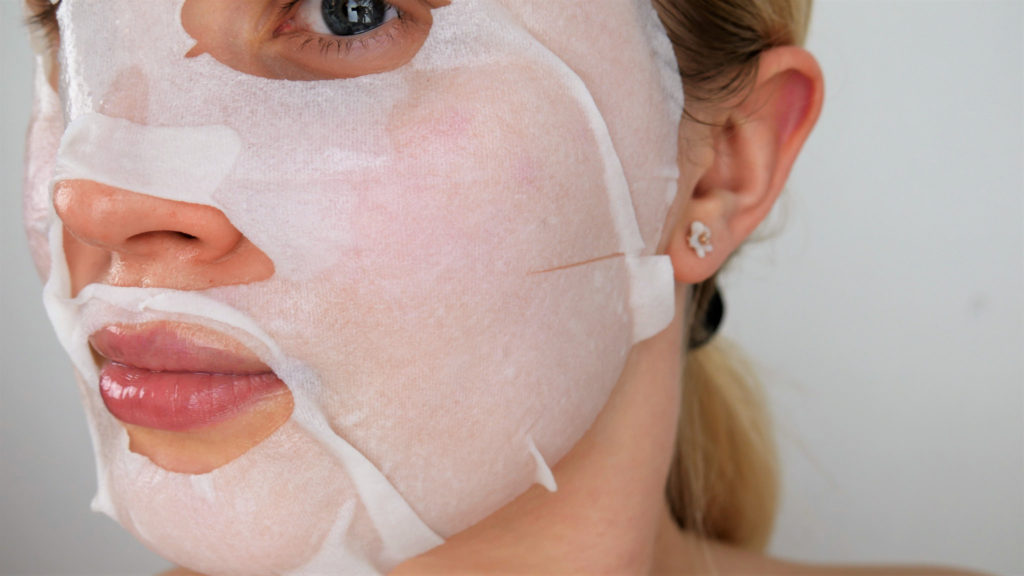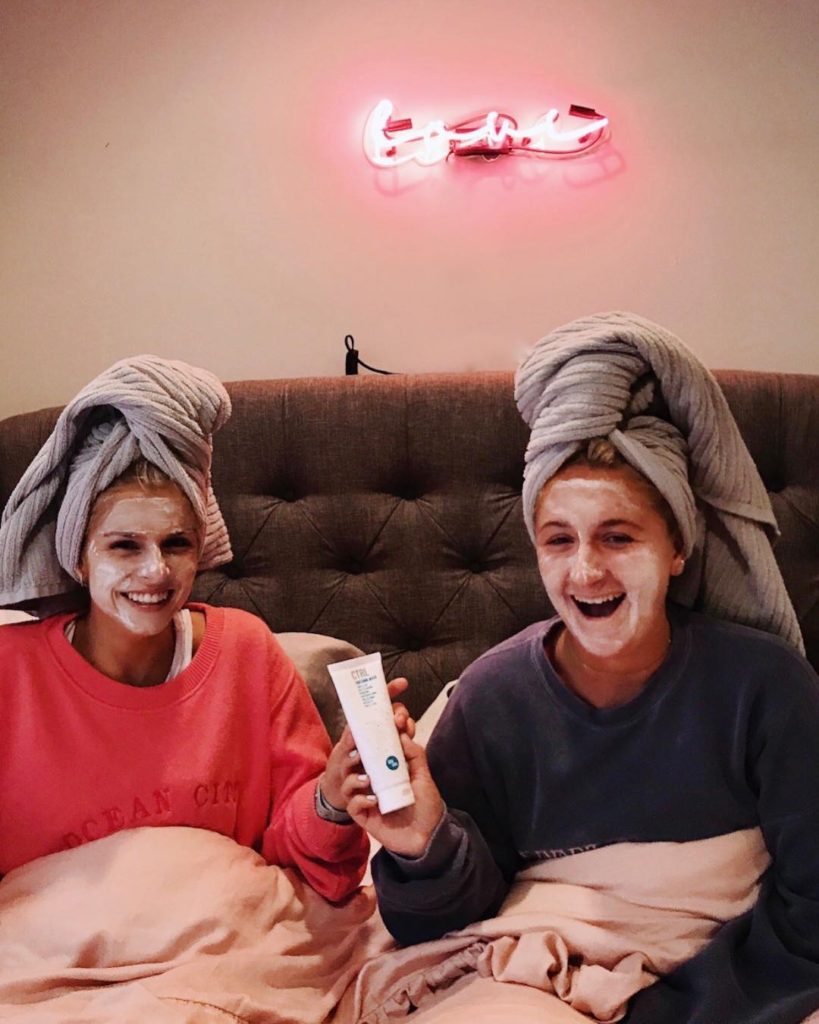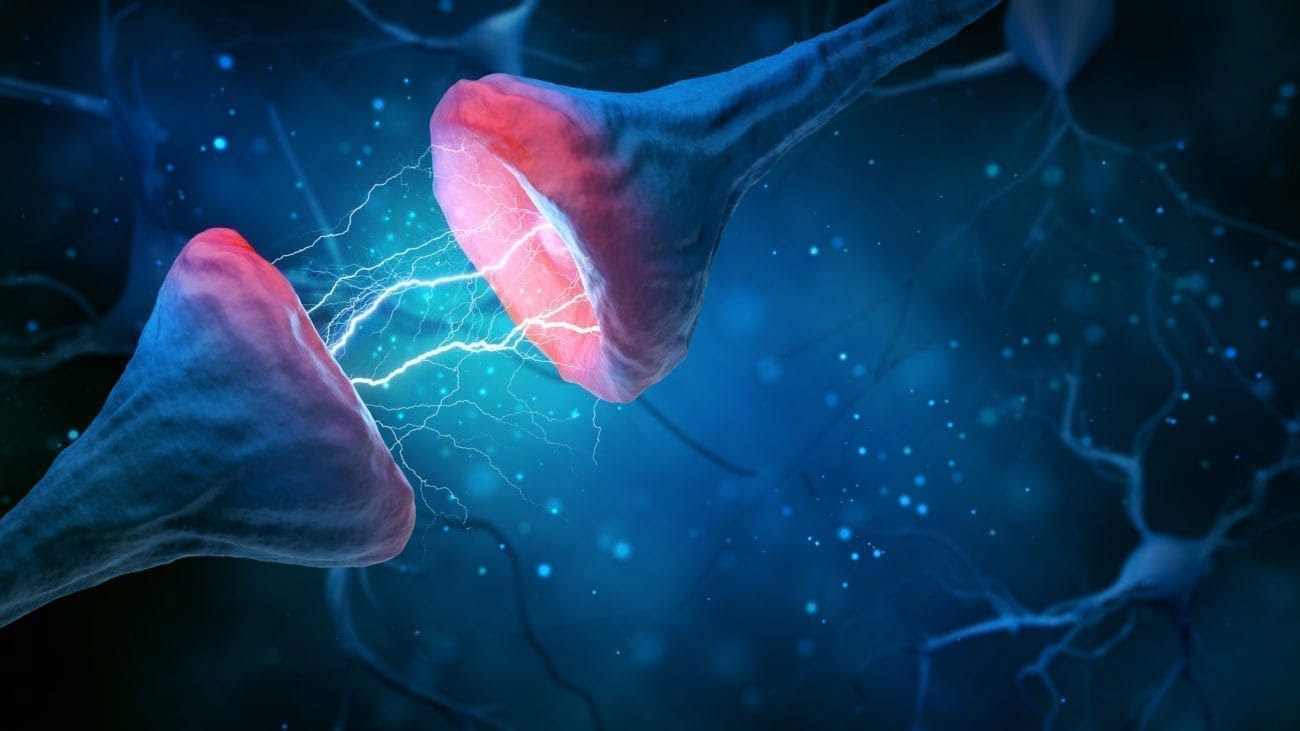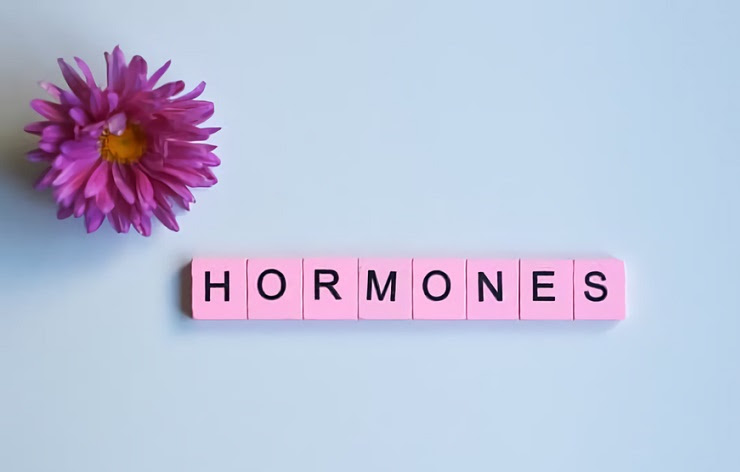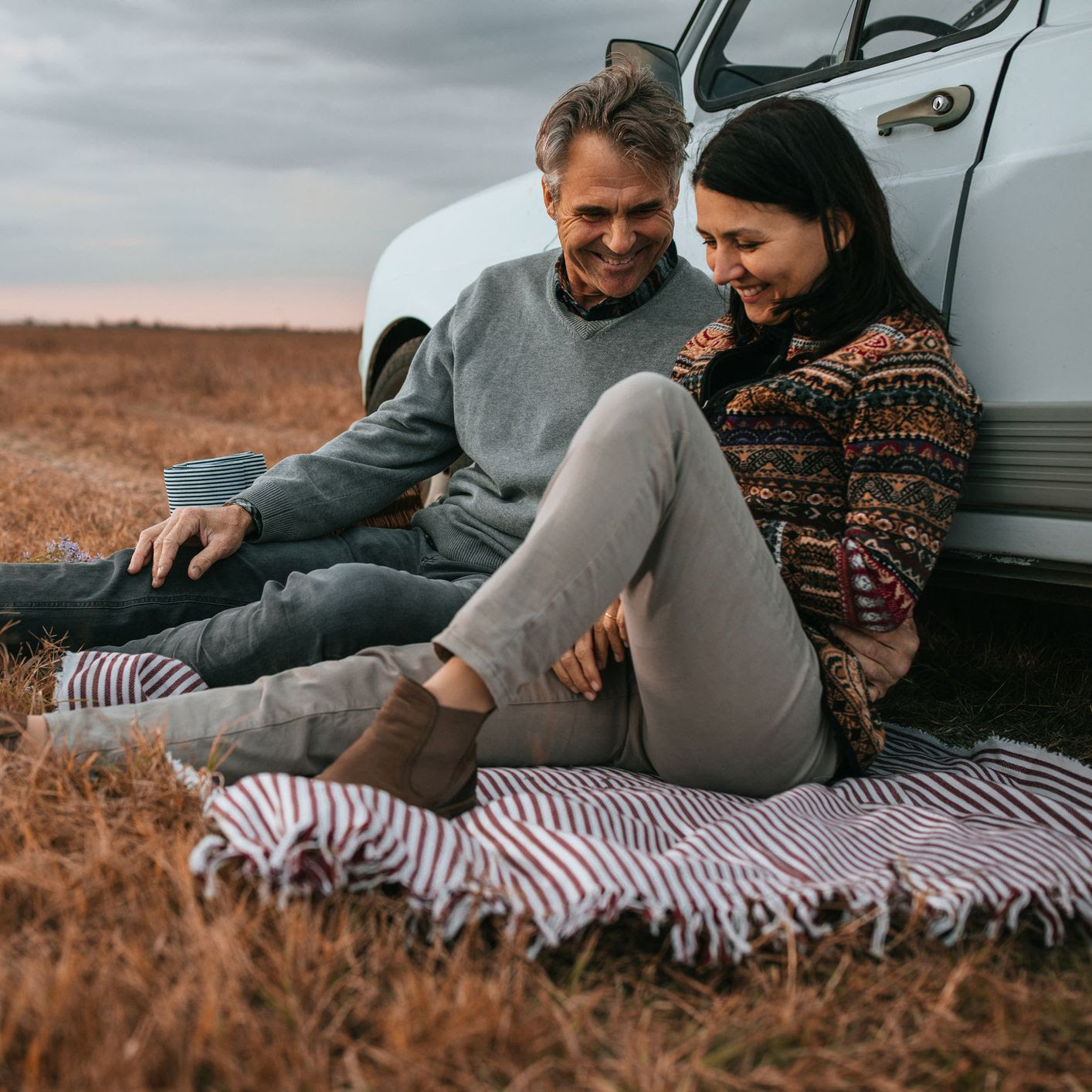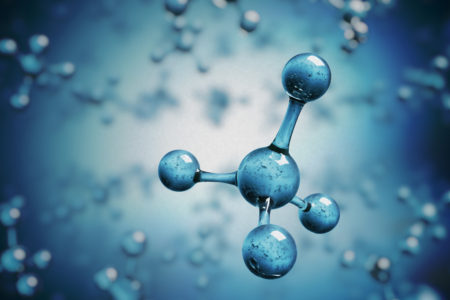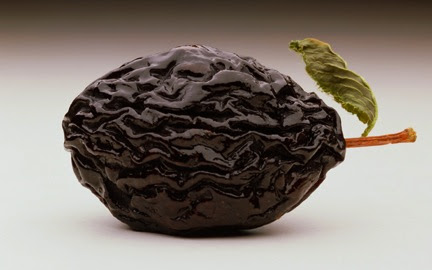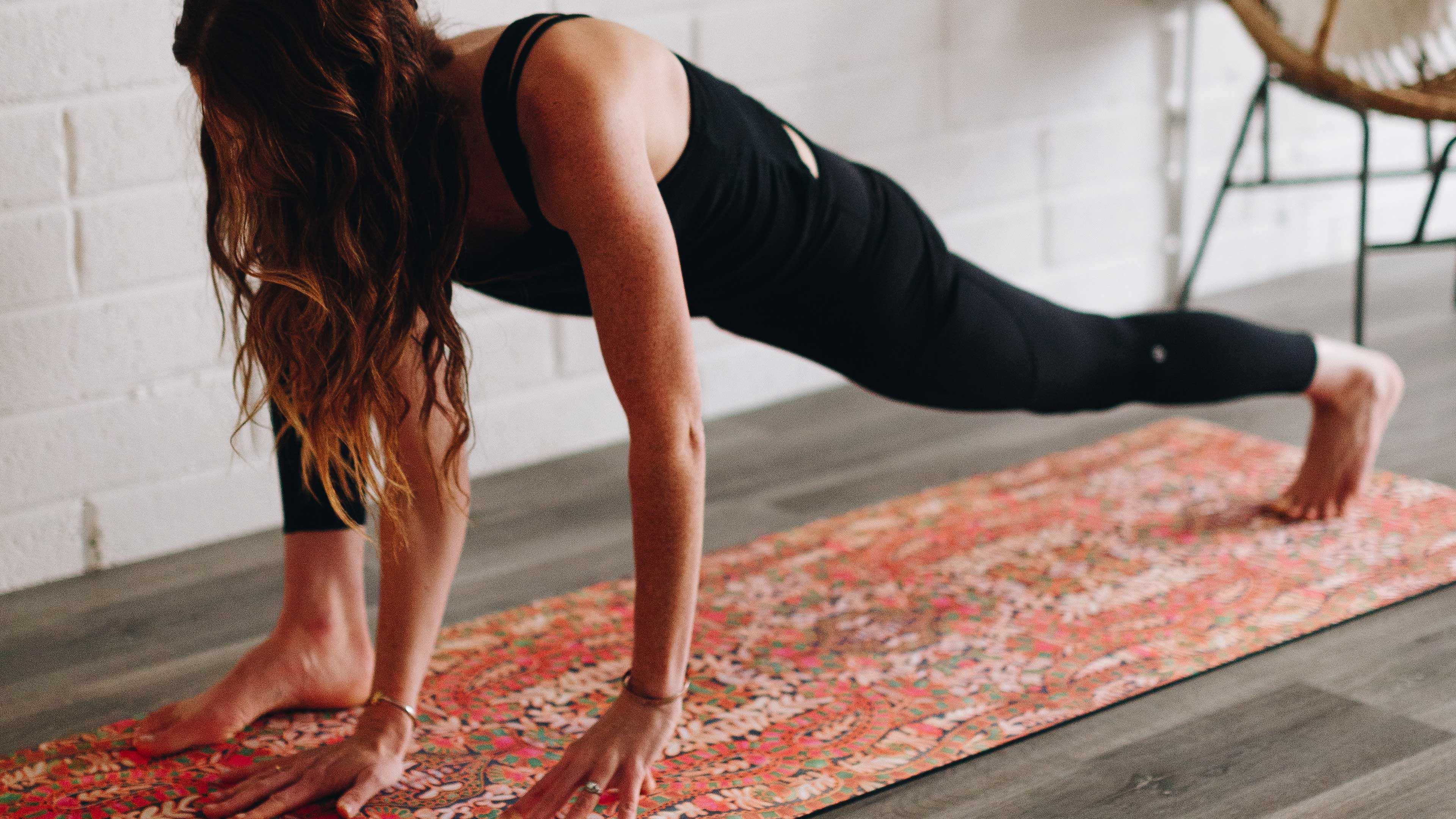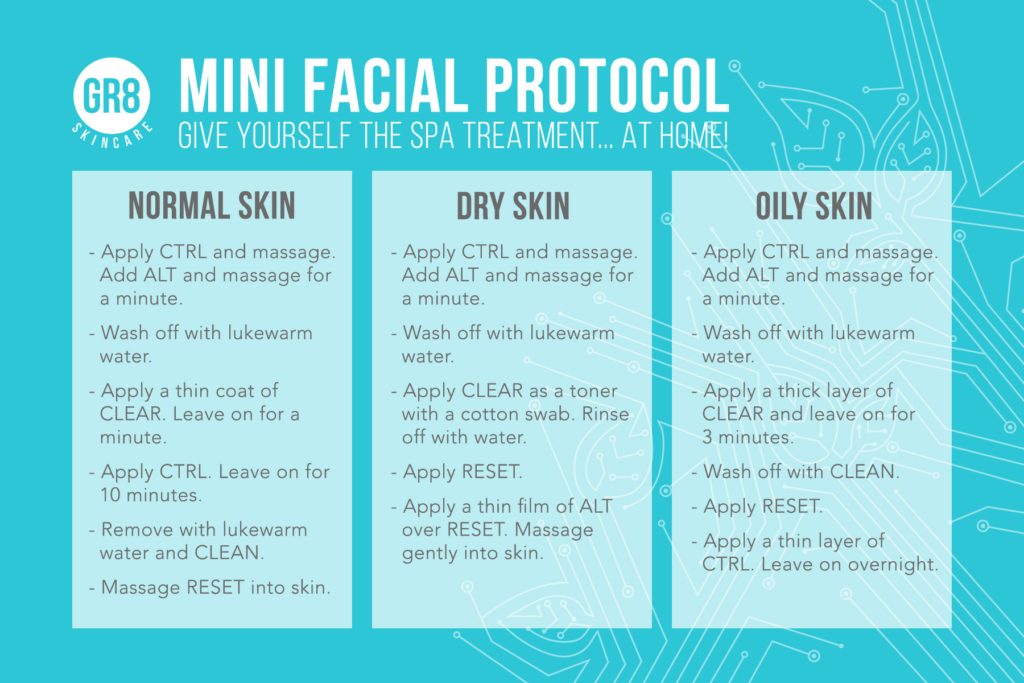All month on our social media accounts, we’ve been doing a survival countdown till the end of April. Each day, we’re posting fun, outside-the-box tips to keep busy, engaged, social, and productive. If you’ve been following us on Instagram, Facebook, and Twitter, you might have been following along – if not, there’s plenty of time to catch up and follow along the rest of April. Check them off as you go!
⬜ Day 28: (April 2) Learn how to play a new game, like Go. Did you know Go was invented in China more than 2,500 years ago? Go, you don’t look a day over 40.
⬜ Day 27: (April 3) Call 2 people you haven’t talked to in a while. Focus specifically on someone who might be feeling particularly lonely or down. Reaching out to an old, gold friend will make you both feel cared for and connected.
⬜ Day 26: (April 4) Host a dance contest in your living room! Best, most original moves win.
⬜ Day 25: (April 5) Create a yard sign (or draw on the pavement with sidewalk chalk) to thank essential workers (healthcare workers, mail carriers, delivery drivers, police, fire, EMT workers, grocers, and utility workers). They are risking their lives to keep our society going!
⬜ Day 24: (April 6) Give each other pedicures and massages. Pampering can go a long way to boost mental health!
⬜ Day 23: (April 7) Have a bake-off! Yummiest wins. Actually everyone wins.
⬜ Day 22: (April 8) Have a sit-up competition… who can make 3 sets of 50? Get crunchin’
⬜ Day 21: (April 9) Set up an elaborate scavenger hunt. We’ve got nothin’ but time, so make it difficult with LOTS of destination points.
⬜ Day 20: (April 10) Have an attitude of gratitude! Write down 10 things you are grateful for. Share your list with others. Practicing active gratefulness can have a profound effect on your mental health – try it!
⬜ Day 19: (April 11) Make a fabulous mocktail and video in friends to share! Try “The Cinderella.” Link to recipe: https://bit.ly/cindermock
⬜ Day 18: (April 12) Go to the Louvre! Okay, not really, but e-tour the museum at louvre.fr/en/visites-en-ligne.
⬜ Day 17: (April 13) Cook a vegan meal and everyone takes a different course (starter, main, dessert, etc.). Find recipes at forksoverknives.com
⬜ Day 16: (April 14) Sit down and write a physical letter to someone who would love to hear from you. Yes, we mean the kind with stamps, not ‘send’ buttons.
⬜ Day 15: (April 15) Make a piñata with a balloon and papier-mâché paste. Whether it’s for decoration or demolition, go for it and have fun!
⬜ Day 14: (April 16) Turn your hallway into a bowling alley with water bottles and a ball. Funky shoes not required!
⬜ Day 13: (April 17) Using painter’s tape, create an elaborate hopscotch board that involves tasks like spinning around and tapping your head. Hopscotch, meet Simon Says.
⬜ Day 12: (April 18) Play Desert Island. Decide which 5 movies and/or books you would take with you to live on a deserted island. And then watch them.
⬜ Day 11: (April 19) Learn how to say hello, how are you, and thank you – in 20 different languages.
⬜ Day 10: (April 20) Go through your wardrobe and set aside what you’d like to donate. But don’t donate until the quarantine is lifted.
⬜ Day 9: (April 21) Have a 5-star Restaurant themed night. Set the table, cook, have a server, and dress up! Switch it up the next night.
⬜ Day 8: (April 22) Transform a wall into a faraway scene, like a beach or a jungle. Use construction paper, pipe cleaners, chalk, or paint if you dare.
⬜ Day 7: (April 23) Host a disco in your living room. Make a disco ball with old CDs or glitter tape. Hellooo bell bottoms!
⬜ Day 6: (April 24) Go to Mars! Virtually, of course, by going to accessmars.withgoogle.com.
⬜ Day 5: (April 25) Build a robot out of cardboard, and decorate it with anything you have around the house.
⬜ Day 4: (April 26) Movie night, but create a box office, charge admission, issue tickets, and usher your patrons to their seats! Popcorn anyone?
⬜ Day 3: (April 27) Host a fancy tea party, complete with formal invitations. Black tie required.
⬜ Day 2: (April 28) Time travel to any decade in the past. Dress and talk the part. Options are endless!
⬜ Day 1: (April 29) Turn your hallway into the Hollywood Walk of Fame. Excuse me, can I have your autograph?
⬜ Day 0: (April 30) Thank your local EMTs! They have been risking their lives tirelessly. Send a thank you note to your local firehouse and maybe include a gift card for food.
